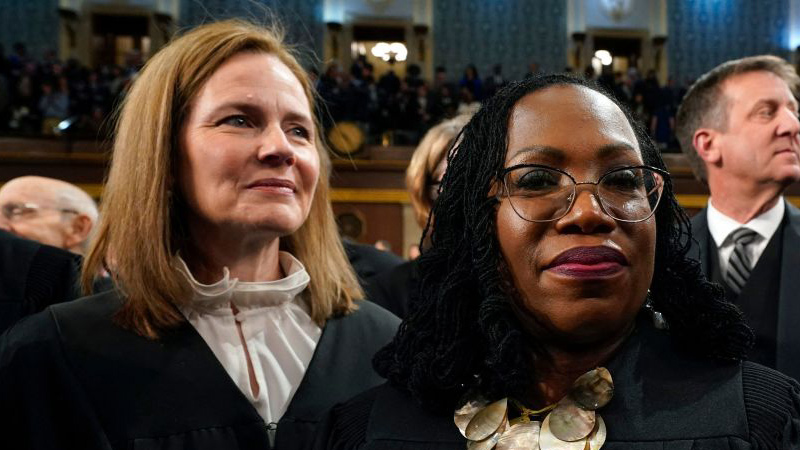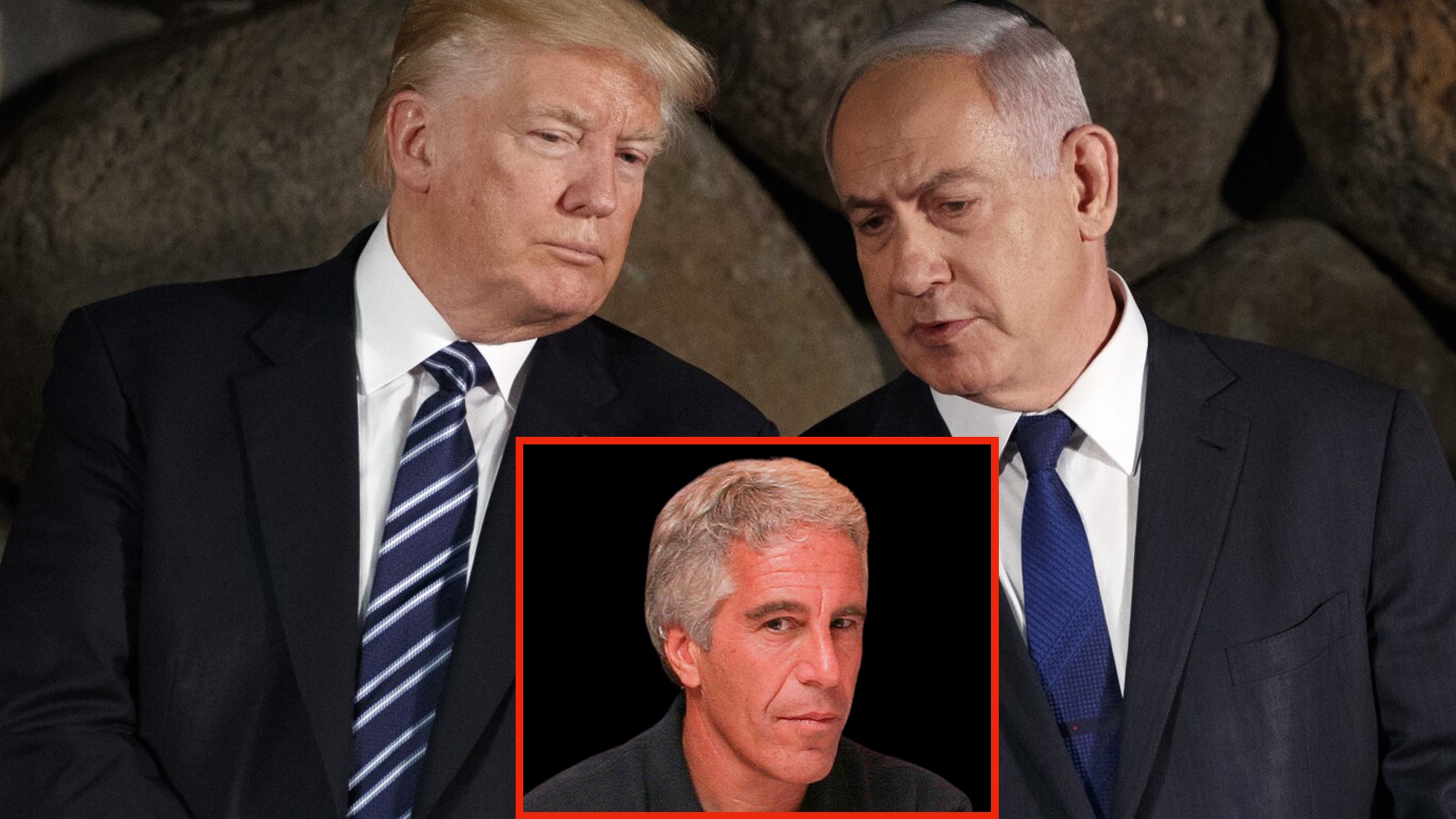Special Report: BIBI’s Last Desperate Gambit

Video: DeSantis Tours ALLIGATOR ALCATRAZ Detention Center for Illegals

Britain’s New MI6 Chief’s Grandfather Was Nazi Spy Known as ‘The Butcher’

Britain’s new MI6 spy chief is reportedly the granddaughter of a notorious Nazi spy known as “The Butcher”, according to unearthed documents. Blaise Metreweli made history as she was appointed as the first ever female […]
The post Britain’s New MI6 Chief’s Grandfather Was Nazi Spy Known as ‘The Butcher’ appeared first on The People’s Voice.
Guatemalan Suspect Charged With Molesting 12-Year-Old in Indiana

SCOTUS Catfight: Justice Barrett ROASTS Justice Jackson for Failing to Grasp Limits of Judiciary

Iran Releases New Epstein Tape Proving Israel is Threatening to Assassinate Trump

The rumors have been circling for months — encrypted messages, sightings, leaked intel. Whispers that Jeffrey Epstein never died. That he’s still pulling strings from the shadows. Now, the wait is over. The truth is […]
The post Iran Releases New Epstein Tape Proving Israel is Threatening to Assassinate Trump appeared first on The People’s Voice.
